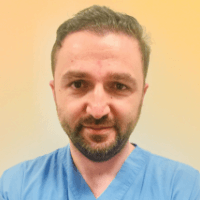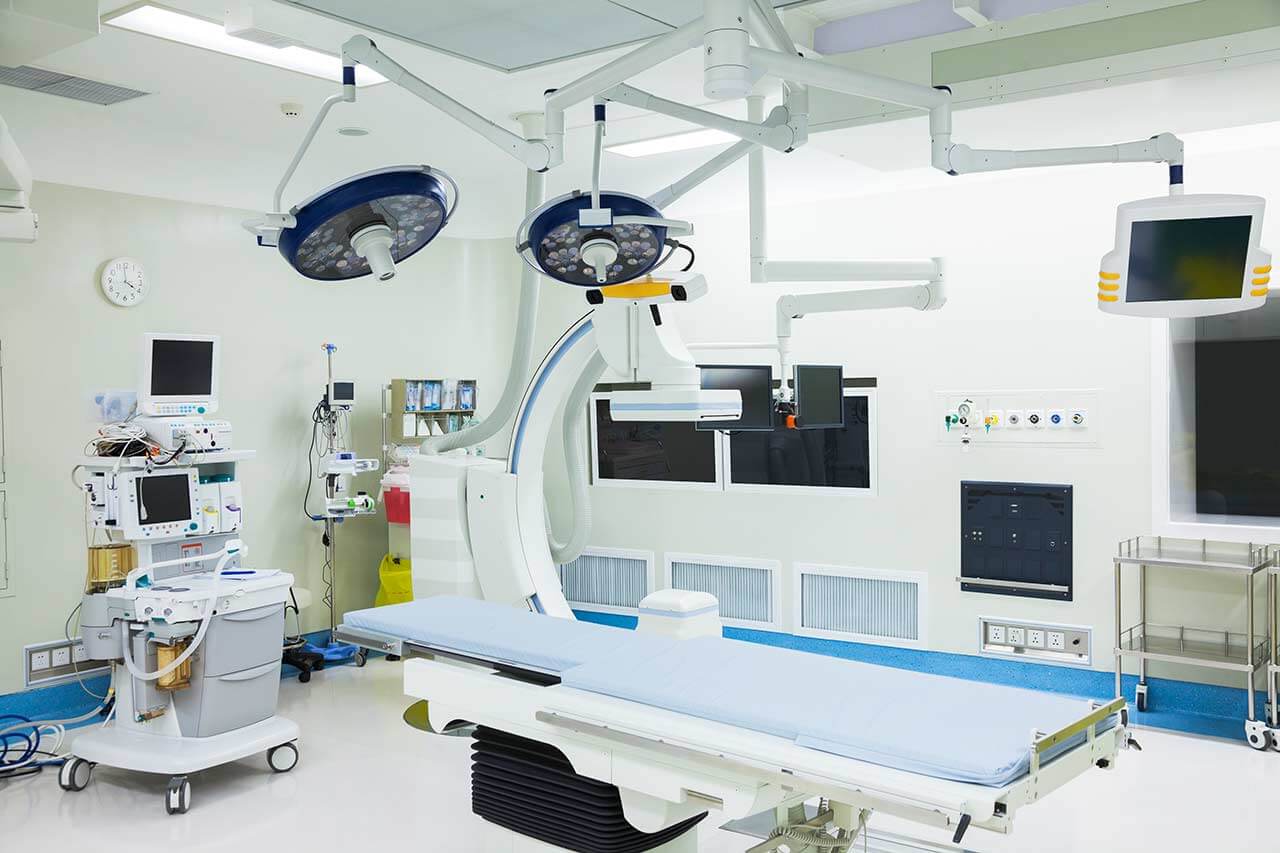
About the Department of Hair Transplantation at Suzermed Clinic Istanbul
The Department of Hair Transplantation at the Suzermed Clinic Istanbul offers the very latest treatments for all forms of alopecia. The medical team of the department specializes in FUE and DHI hair transplantations, as well as hair follicle transplantation without prior shaving. The area of competence of the medical team also includes PRP therapy to activate hair growth and restore hair density. The department is proud of its many years of successful clinical experience, thanks to which more than 5,000 patients can enjoy their healthy and beautiful hair, as well as managed to get rid of the complexes caused by alopecia once and for all. The department is headed by Dr. med. Fatih Ozturk.
The department's doctors deal with the treatment of patients from more than 25 countries of the world, including the UK, France, Germany and Russia. The medical facility received the highest rating from patients for the quality of medical services provided – 5 stars on the WhatClinic.com platform, which analyzes information on more than 125,000 clinics around the world.
The department's range of medical services includes:
- FUE hair transplantation. Nowadays, it is one of the most effective and advanced surgical methods for hair restoration. The procedure involves the collection of hair follicles (grafts) from the donor site, which in most cases is the back of the head, and their transplantation to the recipient site. To achieve the best result and the most natural looking hair, when performing the transplantation, the doctor focuses on the natural density and direction of hair growth in the patient. It is worth noting that the FUE technique is excellent for both scalp hair transplantation and hair restoration in the eyebrows, eyelashes, beard, mustache, chest, as well as for hiding scars after accidents or unsuccessful surgical procedures (for example, facelift, hair transplantation). The minimally invasive FUE hair transplant procedure is performed under local anesthesia. During the procedure, the patient can watch TV, read, eat and drink. If necessary, the specialist shaves off the hair at the donor site. Then, using a thin scalpel, he collects donor grafts and places them in a special solution. The doctor then creates thin channels in the skin of the recipient site and inserts hair grafts there. In some cases, the surgery can be combined with PRP therapy, mesotherapy or stem cell therapy (Organic Hair Transplantation®). All of these methods are aimed at stimulating hair growth and preventing hair loss. After the operation, the patient will receive all the necessary recommendations for hair care. In some cases, it is necessary to take medications for a certain time. The transplanted hair will begin to fall out 3 weeks after the transplantation, which is a natural process after applying the FUE technique. New hair will begin to grow in 3 months, and the patient will be able to assess the final result in 9 months.
- DHI hair transplantation. It is one of the most innovative hair transplantation techniques, which is very similar to the FUE technique. The main difference between the DHI and FUE methods is the use of a special instrument called the Choi Implanter Pen. Thanks to this tool, there is no need to place donor hair grafts in saline. The operating principle of the instrument is similar to an automatic pen – a specialist presses a button and implants a graft into the scalp. Once collected, the grafts will immediately be transplanted in the recipient site. In professional circles, it is believed that this method provides better survival of hair follicles. The benefit of the DHI method is the fact that there is no need to shave off the hair at the donor or recipient sites during the procedure. It is also worth noting that the DHI surgery is more painstaking, more time-consuming and slightly more expensive than the FUE procedure.
- PRP therapy. It is a cosmetic procedure that involves the injection of platelet-rich plasma to stimulate hair growth and improve hair density. The benefit of scalp plasmolifting compared to other methods is the use of the patient's own blood, but not artificial pharmaceuticals, which almost reduces the risks of allergic reactions to zero. Prior to the procedure, the doctor takes a blood sample, which is processed in a special centrifuge, where plasma is released from the biomaterial under the influence of high speed. This process takes 20 to 30 minutes. After obtaining platelet-rich plasma, it is injected into the scalp using microneedles. The scalp is pretreated with an antiseptic. In most cases, the doctor provides anesthesia for maximum comfort of the patient.
- Other methods of hair growth restoration
Curriculum vitae
Higher Education
- 2006 Doctoral Degree in Medicine, Faculty of Medicine, Marmara University, Turkey.
Professional Career
- 2007 - 2016 Work in various Turkish clinics as a Hair Transplant Specialist.
- Since 2016 Work in the Department of Hair Transplantation at the Suzermed Clinic Istanbul.
Participation in Conferences
- 2011 Regional Online Surgery Seminar, Istanbul, Turkey.
- 2013 FUE Hair Transplantation Seminar, Madrid, Spain.
- 2014 European Hair Transplant Workshop, Brussels, Belgium.
Photo of the doctor: (c) Vivesthetica



